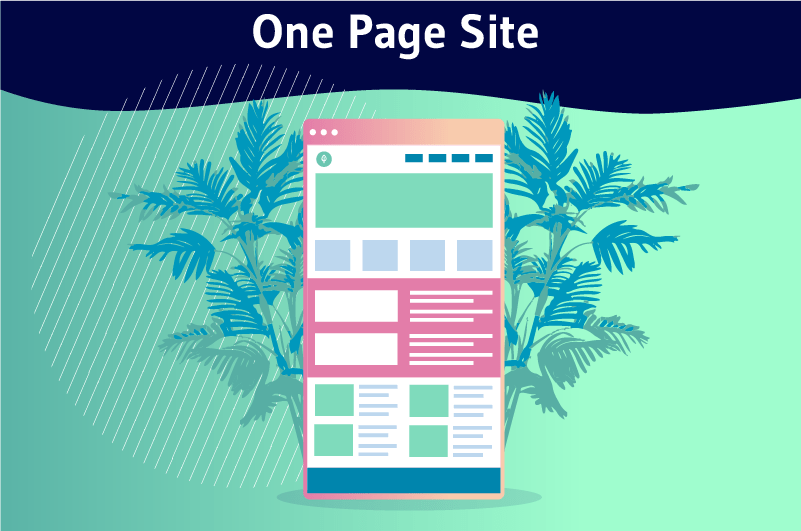A One page site is a site where all the content is gathered on a single page. This site format has become widespread thanks to the development of Internet browsing from mobile devices. The One page site facilitates the navigation on a single page with vertical scrolling that navigate from page to page. However, it should be noted that the single page site format is not suitable for all industries on the web. It is more used by B2B companies, individuals or craftsmen who generally produce less content than e-commerce sites.
Single page sites have been very popular in the last few years. Many companies are choosing this format over multi-page sites to ensure their online presence and meet the needs of their communities
But for most, single page sites have many drawbacks especially in terms of SEO. So there is a doubt around the importance and usage of single page websites and you may be asking yourself questions such as:
- Does the site design format really impact the authority and ranking of the site?
- What are the advantages and disadvantages of a one-page site on SEO?
So in this article, we will define the advantages and disadvantages of one-page sites. But that’s not all, I will also expose the impacts they can have on SEO and the different ways to optimize a single page site.
Chapter 1: What is a “One page” site?
A single page site is simply a site that involves a single HTML page. That is, it does not contain any additional pages such as an “About, Features or Contact Us” page.
The content of single-page websites is essentially loaded on the initial page. This format makes the user experience easier and more consistent. To surf a single-page website, visitors have the choice to scroll vertically to access the content they want or click directly on the navigation links that redirect them to the chosen content.
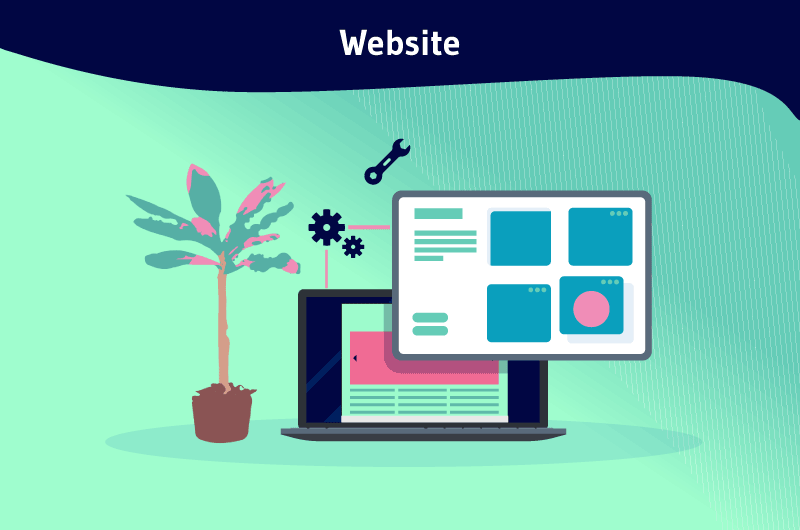
The main objective of a single-page website is to provide the right amount of content or information to help visitors decide and act upon
This site format is often used for portfolios, event related sites, landing pages, etc
Since it is only one page, one-page sites do not contain a lot of content. In fact, unnecessary or superfluous information is not taken into account, except for the most sensitive information.
1.1. what are the advantages of a one-page website?
There is certainly a reason why one-page websites are used more and more. Indeed, these sites are mostly original, very attractive and offer visitors a pleasure to browse.
Discover the main merits of one-page sites.
1.1.1. One-page sites facilitate a better mobile navigation
It is obvious that the majority of people who browse the web do so via mobile devices. This approved fact is an advantage for companies or people who have a one-page site.
In fact, one-page websites tend to convert more easily to mobile and visitors do not struggle to navigate. Also, the loading time of single-page websites is more reasonable compared to other multi-page websites.
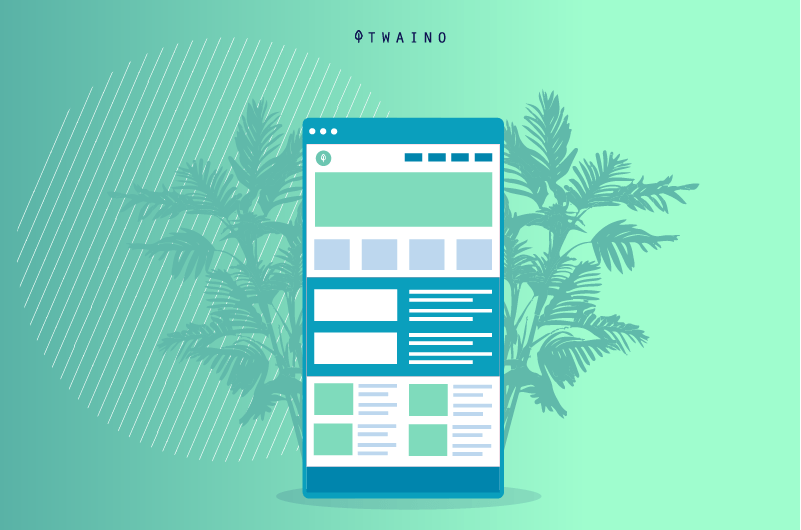
A website that loads quickly is a great asset to its owner, as it essentially reduces the bounce rate and keeps visitors coming back
Basically, a single page website is very beneficial for mobile device users. It makes it easier for them by not presenting any additional tabs, and most importantly, by grouping all the content on one page.
1.1.2. Attractive design
One of the most recognized characteristics of single page sites is the look. It usually has a very modern and attractive design. This presentation is undoubtedly a better asset to seduce and keep visitors as long as possible.
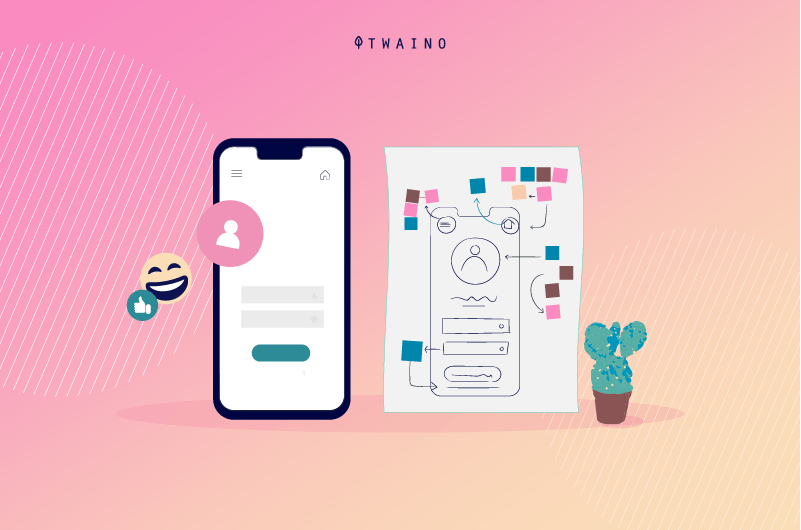
On the other hand, the format of a single page that allows to navigate by scrolling vertically down is also an opportunity to put visuals of superior format and very high quality. This has a great influence on the memory of Internet users who come to visit your site.
1.1.3. The one page site facilitates traffic control
With a one page site, you can better control the navigation of the visitors thanks to an adapted user experience proposal. Indeed, visitors will not get lost on pages that bring almost no value.
All the information is grouped on the same page, which helps SEO and allows you to improve conversion. It should be noted that this format is particularly suitable for websites that want to position themselves on a small number of keywords to better value them.
Also, the creators of content for a one page site are obliged to eliminate the elements that have no great value to keep only what is relevant for Internet users and for crawlers. This is a very advantageous approach for ranking in the SERPs.
1.1.4. A one page site facilitates better netlinking
Netlinking is an SEO practice that consists in generating inbound and outbound links to a website in order to increase the mesh. This practice generally allows to develop the authority of your site through partnerships with reputable sites that generate inbound links to other sites.
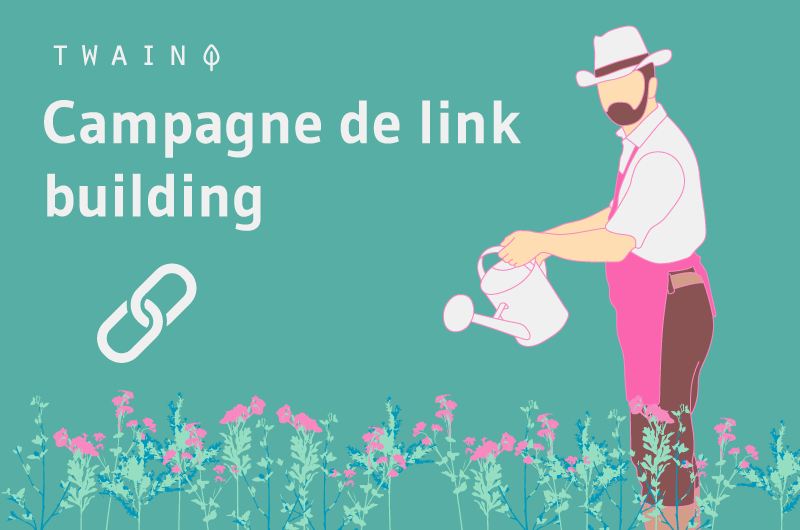
When you have a one page site, all the backlinks you create will be concentrated on a single page, giving it great strength
This is because links are one of the factors that Google uses to rank websites in the SERPs. A website with quality backlinks has a higher page authority. It is therefore likely to be ranked in better positions on Google with single page sites.
1.1.5. One page sites make it easier to target a more specific audience
On a one-page site, all the content you produce for the benefit of visitors can be accessed on a single page. This is the principle of a one-page site. However, you can choose the order of presentation of the contents according to the needs of your company.
This can be very beneficial in terms of SEO if you target a single keyword or a group of keywords on the same page. In fact, single-page sites are best suited for those looking to target a specific audience and offer some distinctive user experience.
It’s easier with a single-page site to monitor the behavior of visitors to your site and steer them in certain directions. The advantage here is that you don’t have to worry about them clicking on pages that may not meet their various needs.
Nevertheless, you should know that visitors can easily get bored and leave your one page site by scrolling through the content without finding what they are looking for. You must therefore make sure that everything you publish on your site has value and meets a specific need that your visitors may have.
In addition, you must choose the order of placement of content so that users are not confused as soon as they arrive on the site.
1.2. The disadvantages of one-page sites
Unfortunately, one-page sites do not have all the advantages. They have certain weaknesses, especially in terms of natural referencing.
1.2.1. Single page sites do not allow a wide targeting of keywords
The targeting of several keywords is a great advantage for multi-page sites. Each keyword represents an opportunity for these sites to rank on search engines to target a specific community of Internet users.
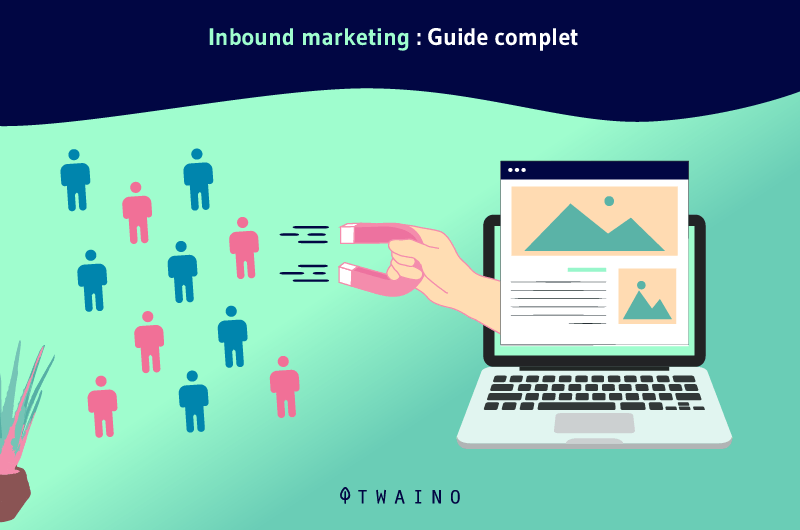
Thus, each page of the site can target a specific keyword. On the other hand, single page sites do not fulfill this SEO factor
A one-page site is supposed to rank on a single specific keyword because it is only one web page. This limits the site’s ability to rank on a wide variety of keywords and target a broader audience.
1.2.2. Lack of detail in the content of one-page sites
Due to the organization of content on single pages, content producers limit themselves to certain information in order to respect a certain volume of content
Indeed, the contents of one page sites are generally not as interesting as those of multi page sites.
You don’t actually have the ability to go into as much detail about a topic you want to cover on your page as you would on a blog. There is a volume that needs to be respected to allow other articles to find space on the same page
That’s why it’s important that you take into account the organization and layout of content when designing your site.
What is always a problem on single page sites is the lack of relevant content. Even if you take care of the layout of your content, visitors can still be disappointed by the quality of the content you serve them.
It is obvious that you cannot produce the same amount of content on a multipage site as you can on a single-page site. This fact greatly increases your bounce rate when you have visitors who are looking for relevant and detailed content on a specific topic.
1.2.3. Some SEO strategies cannot be applied on a one page site
There are certain strategies in SEO that simply won’t work on a one-page site. One of these strategies is called Siloing or compartmentalization
Siloing is the practice of organizing the architecture of a site across web pages by grouping the content of a given topic into a sitemap.
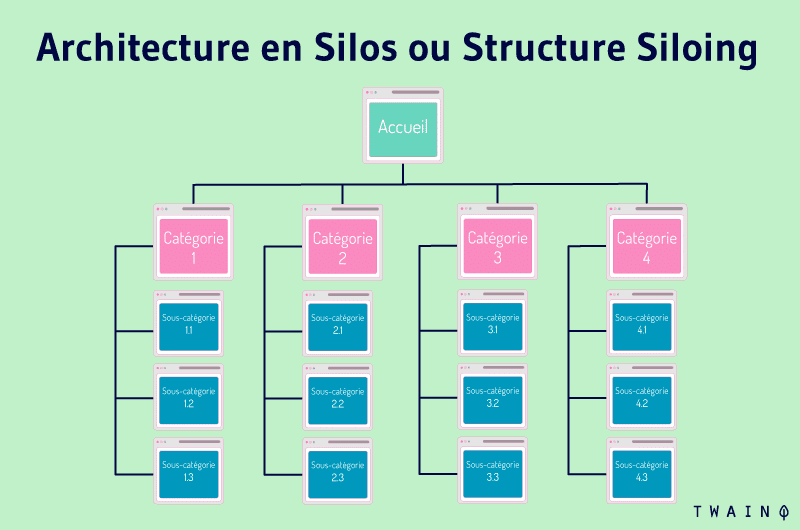
The pages of the site are hierarchical so that there are general pages and specific pages. The advantage of this practice is that it allows crawlers to quickly understand the structure of the site and to do the indexing without difficulty. It also allows you to demonstrate the authority of each domain through the content that you group together.
In plain English, the practice of siloing is to organize your site into categories and subcategories to better present your content. SEO experts who are well versed in this practice can take a main topic and break it down into several sub-topics so that each topic is well-detailed to answer any questions users may have.
This way, they optimize the referencing of their sites by positioning themselves on a multitude of keywords and topics. On a single-page site, however, the implementation of this SEO strategy results in a real poor organization.
There will simply be a mess of content organization if you try to gather a ton of specific details on many different topics. That’s why you need to understand that the one page site is not suitable for every business or web project.
If you want to create an e-commerce site or a blog, the one page site format is not the most appropriate or simply not for you. The single page site is ideal only if you have little content to share.
In some cases, it is possible to add a blog to your one page site, but in this case, we can no longer speak of a single page. A one page site as its name indicates contains one and only one web page.
Single pages are usually designed for showcase sessions. They are the most adapted to put forward a person with his background, his skills, his products and services offers
For example, you can adopt the one page site for your portfolio if you are a person who practices in the creative field, etc.
Chapter 2: How to create a one-page website?
Now, find out how you can design your one-page website to optimize your online presence.
2.1. Best practices for designing a proper one-page website
Before you venture out to create a one-page site, it’s important to get a few things in place. First, you need to imagine the site you want to create and find a good common thread.
This step is the most interesting because it determines the overall look of the site you will create. To better succeed in this step of creating your one page site, I advise you to find the best way to tell the story of your brand, your services or the products you offer.
2.1.1. How to optimize the referencing of a one page site?
This is the most crucial step that requires careful consideration when you want to create a one page site. Search engines can rank a web page for a very limited number of keywords.
To succeed in positioning your site with SEO on Google, you must determine the keyword most suited to your web project and likely to meet a need of users or your audience
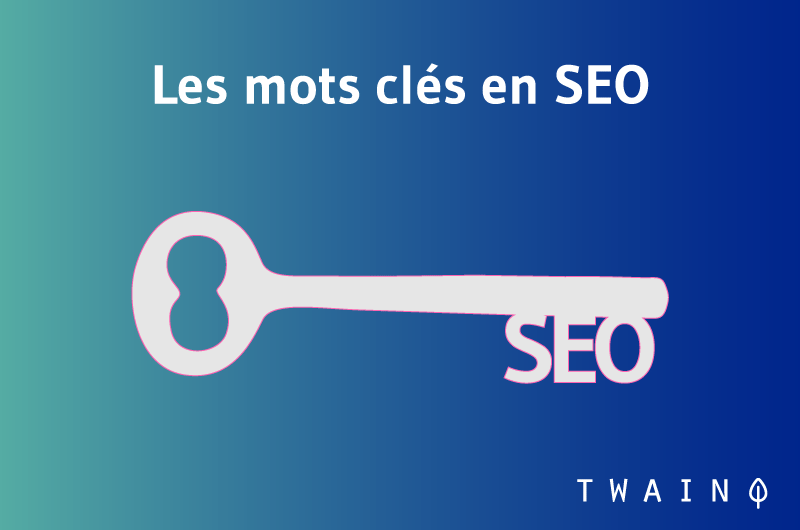
To ensure an effective SEO of your site, you must always ensure that there is a match between all the content you produce and your main keyword.
2.1.2. Use multiple tags
Many people wonder about using multiple
But, be sure to separate each session considerably so that users and crawlers can distinguish between different content.
2.1.3. Put important information in front
To provide great user experiences for your visitors, you must necessarily put the most essential information above the waterline. The top of the page should be clear, concise and understandable to all users of your site.
2.1.4. Consider the loading speed
The one-page site format can be slow when it comes to loading data. Indeed, all the contents are grouped on the same page, which can considerably slow down the loading speed of the site.

To prevent this problem from hindering the credibility of your site, you can pay attention to the size of each content (text, image, videos, etc.) that you publish
In addition, I recommend that you regularly perform load tests on all possible devices (desktops, mobiles and tablets) and on dedicated software such as Google Page Speed Insight or GTMetrix in order to monitor the loading speed of your site
2.2. how to create a one page website with a CMS?
Let’s briefly list the different steps to create a one page website. First of all, you will inevitably need some elements to start creating your site.
Apart from the theme that you are going to finish, you will need a domain name and a hosting plan as in the case of a classic website.
2.2.1. Choose a domain name
The domain name is essential for your new one page site. The most obvious and recommended choice is to use your business name if you have one.
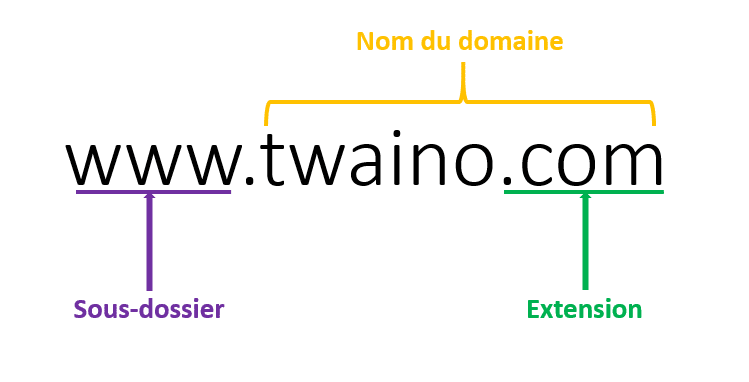
However, if you are doing business online under your own name, the domain name of your site should also reflect that.
2.2.2. Buy a hosting plan
The next step after choosing a domain name is to purchase a hosting plan. This step consists of buying a hosting plan to position your site. Most hosting companies also offer a domain name along with your hosting subscription.
For a single page site, a shared hosting plan may do the trick. However, you may decide later to upgrade your hosting plan if you want to move to a multi-page site.
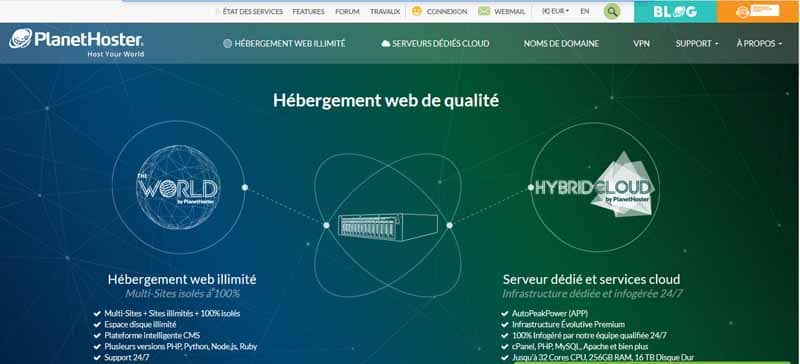
With a WordPress hosting plan, for example, the company takes care of different tasks like updates. So you can focus on producing qualified content and different actions to increase your audience.
2.2.3. Choosing a WordPress theme to design your one-page site
WordPress has many themes for building the site format you want. These themes are popular for providing a simple and attractive user experience.
WordPress themes that offer one-page site designs are very creative and suitable for any type of business. They all feature parallel scrolling effects and are fully responsive to deliver a stunning visual.
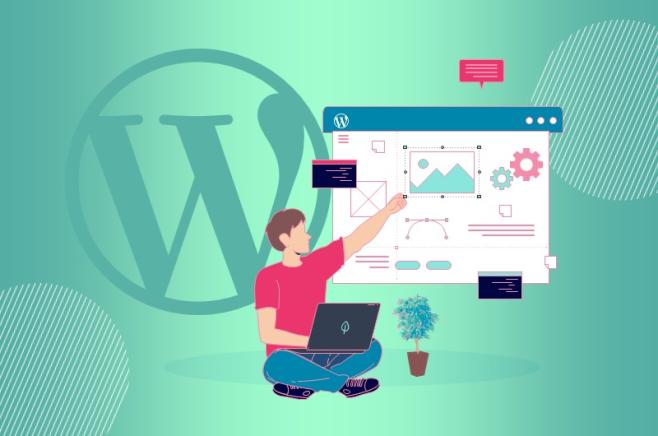
Here is a list of WordPress themes that you can use to design your one page sites
- Sydney Pro;
- Nimmo;
- Vivid;
- Brooklyn;
- Decode ;
- Etc.
These different themes have many features that you can customize and use as you wish to make it easier to adapt to your web creation needs.
Summary
One page sites are usually designed to represent a business, brand or person online as in the case of a classic website. However, their peculiarities make them suitable for some web projects and have negative results for others.
Through this article, I have exposed the different strengths of a one page website as well as its weaknesses. I have presented some alternatives that can help you use a one page website without having too many SEO problems.
I hope this article has given you some more regarding the definition of a One page site. If you have any questions, feel free to ask them in comments

